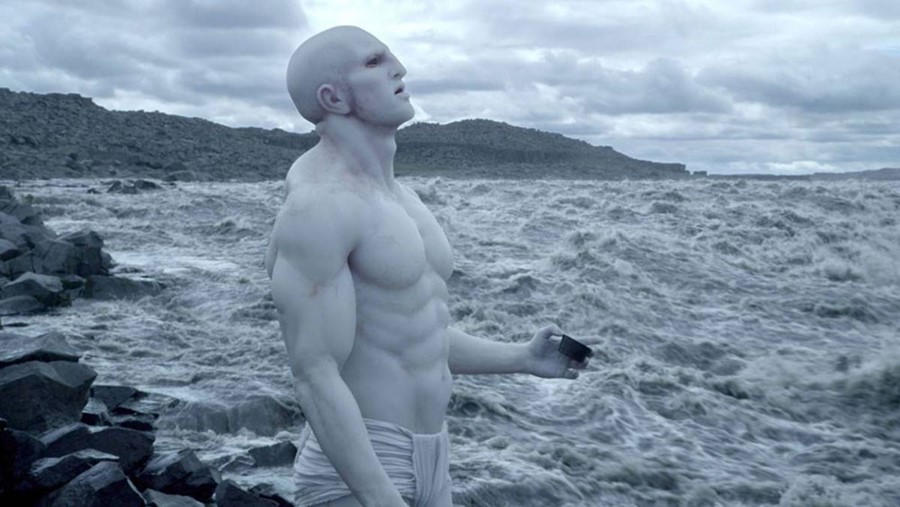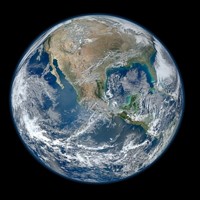A decade-old meteor crash might hold clues about an extra-terrestrial civilisation, says Harvard physicist Avi Loeb
You might recognise the name of Harvard physicist Avi Loeb from such previous hits as “AI-powered alien probes might have already landed on Earth” or “our universe was made by aliens in a lab”. Now, though, everyone’s favourite alien hunter is back with what he believes is real evidence of a downed alien spacecraft.
Last June, Loeb recovered small magnetic “spherules” – deposits from meteorite impacts – from the Pacific Ocean, where a meteor dubbed IM1 made impact in 2014. He had long suspected that this alien object was sent by intelligent beings beyond our solar system, and now he has the findings to back it up. How did he come to these otherworldly conclusions? Well, in a recent interview with Boston Public Radio, he says that all of his work simply follows the scientific method: collecting material, analysing its make-up, and making observations based on the evidence.
In this case, his findings “raise the possibility that [IM1] may have been a Voyager-like meteor, artificially made by another civilisation,” he says, drawing a comparison to the two interstellar probes launched into deep space by NASA in 1977.
Loeb’s findings are hotly disputed, however. Since releasing a preprint version of his study last summer, several scientists have pushed back against Loeb’s claims that the spherules came from a “watermelon-sized” alien spacecraft. Some have posited, for example, that they’re actually produced by humans, as the result of fallout from nuclear testing. Another paper, published in October 2023, suggested an even more mundane origin: coal ash.
New research from the Harvard scientist and his collaborators – outlined in a paper published by the American Astronomical Society – pushes back against this attempt to debunk his evidence of extraterrestrial intelligence. “What we did [was] compare 55 elements from the periodic table in coal ash to those special spherules that we found,” he explains. “And it’s clearly very different.”
In fact, Loeb has previously stated, in a blog post from the retrieval expeditio,n that the chemical composition of his spherules differs from any known solar system material. Whether that’s actually true remains to be seen, but for now it seems that his dream is still alive.
Loeb initially made international headlines in 2017, when he claimed – among many other scientists – that an unusual interstellar body named ’Oumuamua could actually be a form of alien technology, observing Earth as it passed our planet by. The debates about that phenomenon rage on to this day, and Loeb has since founded Harvard’s Galileo Project, to scan the skies for more signs of extraterrestrial life.
“The best approach to figure it out is actually to do the scientific work of building observatories that look out and check what these objects are,” Loeb tells Boston Public Radio. “And if they happen to be birds, or airplanes, or Chinese balloons, so be it. We can move on after that. But we need to figure it out, it’s our civil duty as scientists.”




